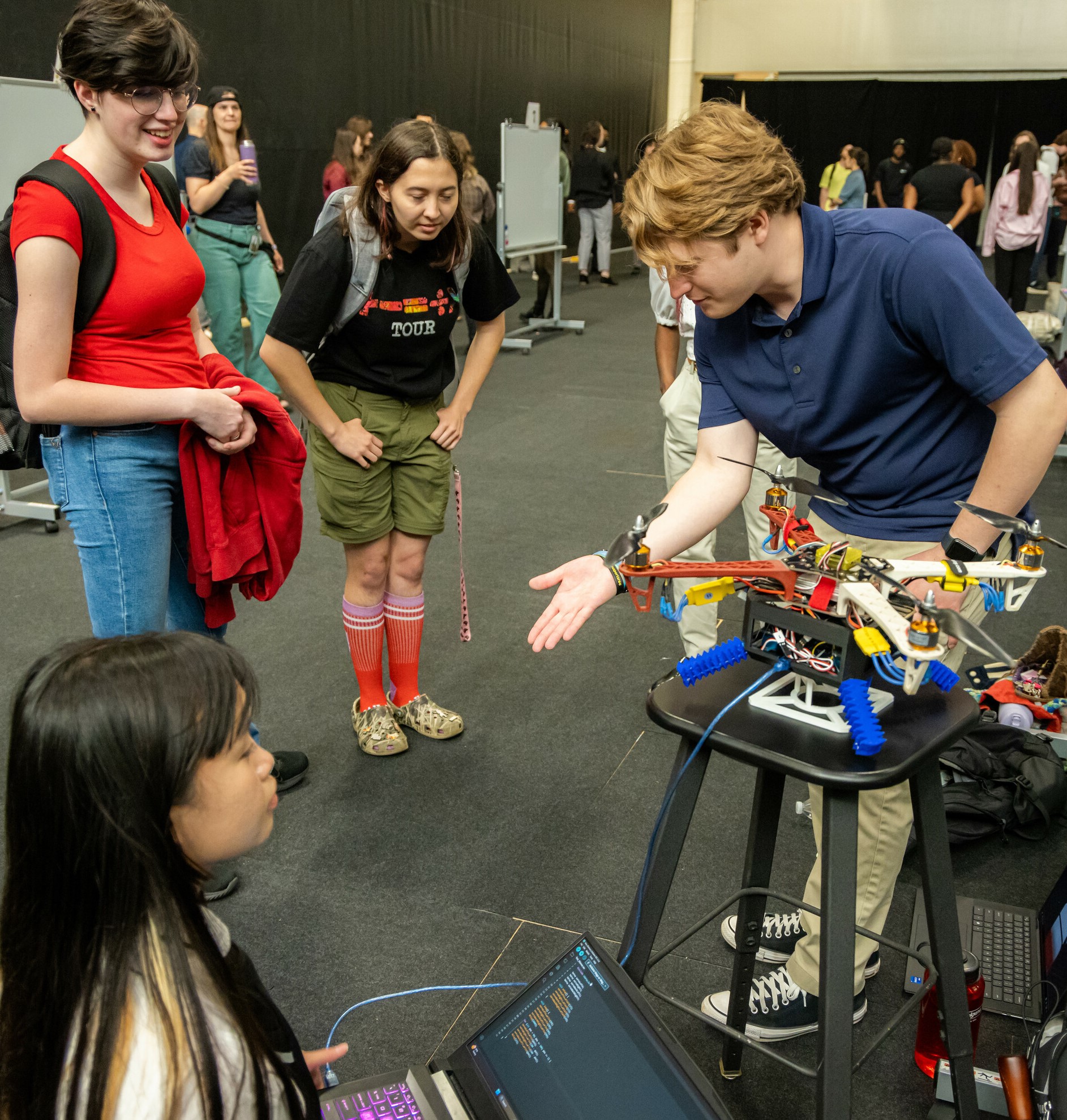Funding for Research as a Sophomore
The Sophomore Scholars Program is an extension of the First-Year Scholars Program. Students and Primary Investigators (PI) receive funding to continue research into the student's second year, working on a continuation of the First-Year Scholars project or a new project.
Funding for the Sophomore Scholars Program is competitive; there are only 25 slots available.
In order to be eligible, the following requirements must be met:
- The student and Primary Investigator (PI) worked together in the First-Year Scholars Program.
- The student and PI completed required assessment surveys at the end of the First-Year Scholars Program.
- The student completed all required activities as part of the First-Year Scholars Program.
- The student is listed in the program as a presenter at the Symposium of Student Scholars.
- The student remains enrolled at Kennesaw State University for the full academic year
- The student has a 3.0 GPA or higher
- Both the student and PI have a strong track record of successfully completing program requirements for participation in any other Office of Undergraduate Research funding programs within the last academic year.
*Priority will be given to First-Year Scholars who presented their research at more than just the Symposium of Student Scholars








